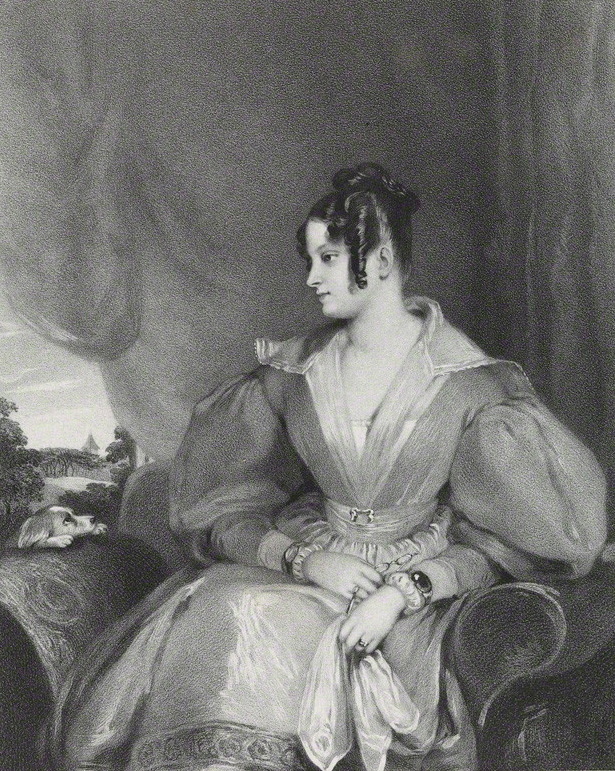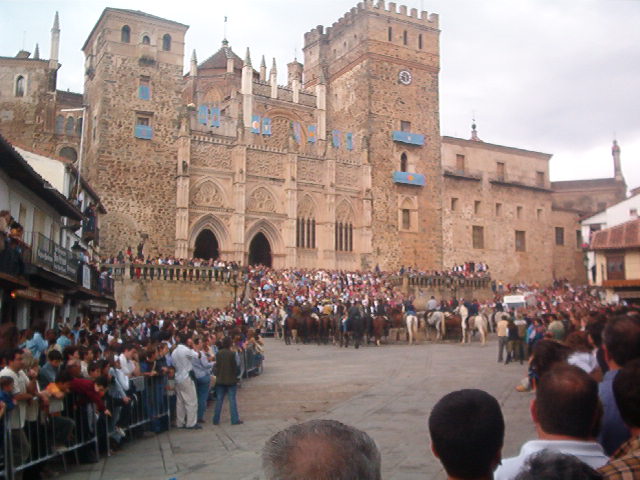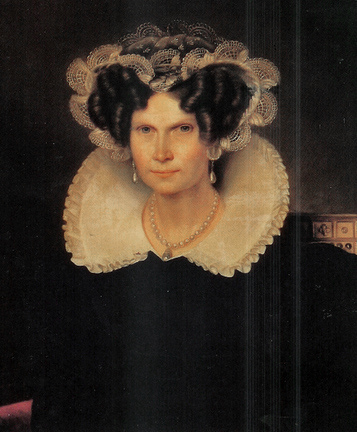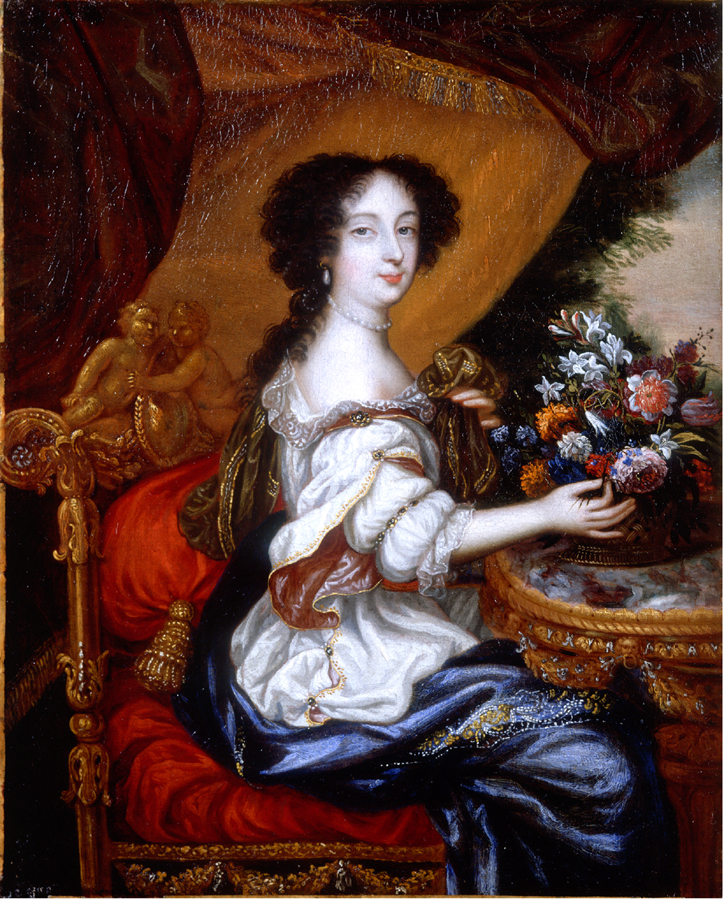© Unofficial Royalty 2024
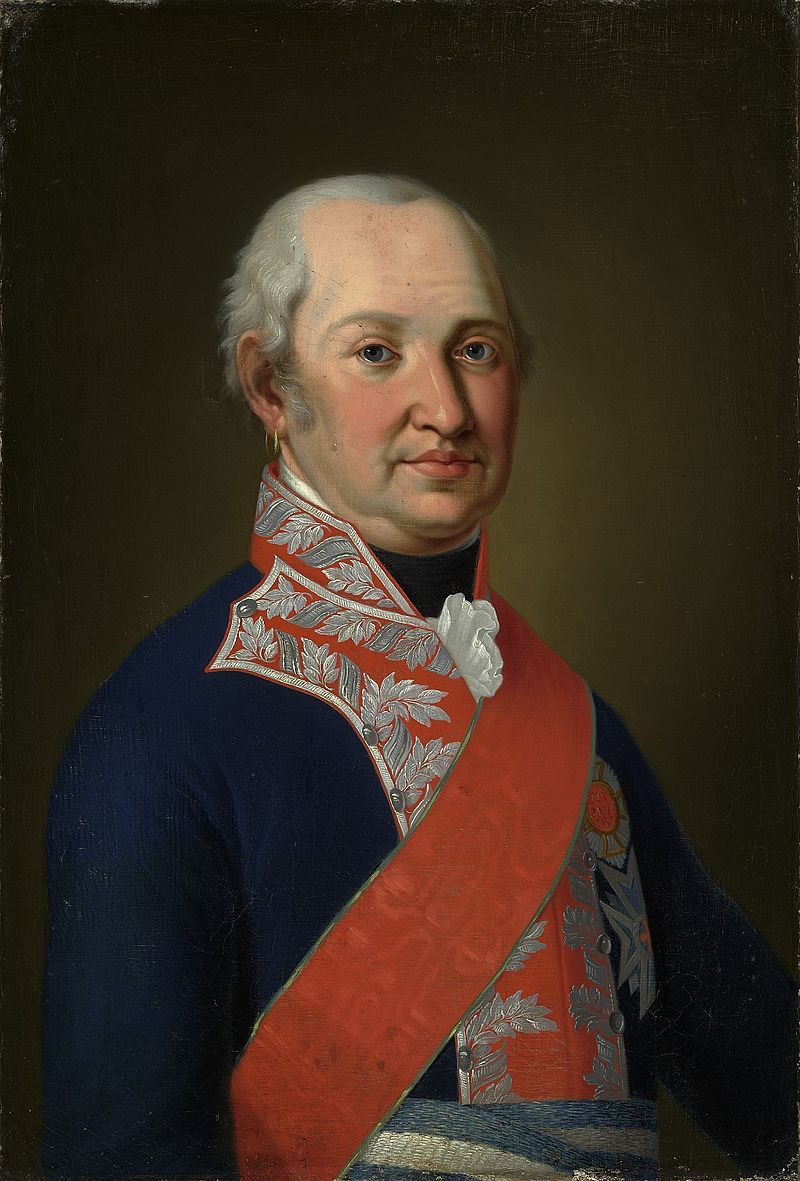
King Maximilian I Joseph of Bavaria; Credit – Wikipedia
October 13, 1162 – Birth of Eleanor of England, Queen of Castile, daughter of King Henry II of England, at Domfront Castle in the Duchy of Normandy, now in France
In 1177, Eleanor married King Alfonso VIII of Castile and they had twelve children. Eleanor was particularly interested in supporting religious institutions. In 1179, she had a shrine built at Toledo Cathedral in honor of St. Thomas Becket, Archbishop of Canterbury who had been murdered at Canterbury Cathedral by four of her father’s knights. In 1187, Eleanor and Alfonso founded the Abbey of Santa María la Real de Las Huelgas, a monastery of Cistercian nuns located near the city of Burgos now in Spain. The monastery became the burial place of the Castilian royal family.
Unofficial Royalty: Eleanor of England, Queen of Castile
October 13, 1453 – Birth of Edward, Prince of Wales, son of King Henry VI of England, at the Palace of Westminster in London, England
Edward of Westminster was one of the seven Princes of Wales who never became King. He was killed in 1471, aged 18, at the Battle of Tewkesbury, the final decisive Yorkist victory in the Wars of the Roses.
Unofficial Royalty: Edward of Westminster, Prince of Wales
October 13, 1499 – Birth of Claude of France, Duchess of Brittany, Queen of France, daughter of King Louis XII of France and first wife of King François I of France, at Romorantin-Lanthenay in France
Claude of France, Duchess of Brittany was the first wife of François I, King of France and the daughter of King Louis XII of France and second wife Anne, Duchess of Brittany in her own right. Louis XII had no sons and François, Count of Angoulême (the future King François I of France) became the heir presumptive to the French throne and remained the heir throughout Louis XII’s reign due to his lack of sons. In 1514, François and Claude were married and they had seven children. When Louis XII died in 1515, he was succeeded by his son-in-law François. Queen Claude, Duchess of Brittany, aged 24, died in 1524. It is suspected that Claude had tuberculosis and contracted syphilis from her husband and certainly seven pregnancies in eight years weakened her health.
Unofficial Royalty: Claude of France, Duchess of Brittany, Queen of France
October 13, 1613 – Birth of Luisa de Guzmán, Queen of Portugal, wife of King João IV of Portugal, in Sanlúcar, Spain
Full name: Luísa Maria Francisca
From a noble Spanish family, Luisa de Guzmán was the wife of João IV, the first King of Portugal from the Portuguese House of Braganza. She was also the mother of Catherine of Braganza, the wife of Charles II, King of England and King of Scots.
Unofficial Royalty: Luisa de Guzmán, Queen of Portugal
October 13, 1764 – Birth of Luise of Stolberg-Goldern, Duchess of Saxe-Meiningen, wife of Karl Wilhelm, Duke of Saxe-Meiningen in Gedern, Principality of Stolberg-Gedern, now in Hesse, Germany
Luise was briefly Duchess of Saxe-Meiningen. In 1780, she married Karl Wilhelm, Duke of Saxe-Meiningen. They had no children, and just two years later, Karl Wilhelm died. In 1787, she married Eugen of Württemberg and they had five children. Luise died in 1834, having survived both of her husbands and two of her children.
Unofficial Royalty: Luise of Stolberg-Goldern, Duchess of Saxe-Meiningen
October 13, 1825 – Death of King Maximilian I Joseph of Bavaria at Nymphenburg Palace, near Munich, Kingdom of Bavaria, now in the German state of Bavaria; buried at the Theatinerkirche in Munich
Maximilian succeeded his brother Karl as Duke of Zweibrücken in 1795 and became Elector of Bavaria, Duke of Berg, and Count Palatine of the Rhine in 1799. In 1806, his electorate was created a kingdom because of his loyal service to Napoleon. Maximilian married twice. With his first wife Auguste of Hesse-Darmstadt, whom he married in 1785, he had five children. Auguste died in 1796, and the next year Maximilian married Caroline of Baden. They had seven children including two sets of twin daughters.
Unofficial Royalty: King Maximilian I Joseph of Bavaria
October 13, 1835 – Birth of Duchess Agnes of Württemberg, Princess Reuss of Gera, wife of Heinrich XIV, 4th Prince Reuss of Gera, at Schloss Carlsruhe in Carlsruhe, Silesia, Kingdom of Prussia, now Pokój, Poland
In 1858, Agnes married the future Heinrich XIV, 4th Prince Reuss of Gera, Agnes, as Princess of Reuss-Gera, founded numerous organizations and institutes that bore her name, such as the Agnes School, a training institute for female servants in Gera, the capital of the Principality of Reuss-Gera. She was also an author and used Angelica Hohenstein as her pen name.
Unofficial Royalty: Duchess Agnes of Württemberg, Princess Reuss of Gera
October 13, 1853 – Birth of Lillie Langtry, actress and mistress of King Edward VII of the United Kingdom, born Emilie Charlotte Le Breton on the Island of Jersey, Channel Islands, a British Crown Dependency
Lillie Langtry was the mistress of the future King Edward VII (while he was Prince of Wales) from 1877-1880. A married socialite at the time, she later embarked on a career in the theatre, with the encouragement and support of the Prince. She also took several other lovers, including Prince Louis of Battenberg, the Prince of Wales’s future nephew-by-marriage, who possibly fathered her only child. Lillie remained in close contact with The Prince of Wales, and was a guest at his coronation, sitting alongside Sarah Bernhardt and Lady Randolph Churchill. She was also a guest at his funeral in 1910. Lillie, aged 75, died of pneumonia in Monaco in the early morning of February 12, 1929. Per her wishes, she was buried along with her parents at St. Saviour’s Church in Jersey.
Unofficial Royalty: Lillie Langtry, actress and mistress of King Edward VII of the United Kingdom
October 13, 1900 – Birth of Ghislaine Dommanget, Princess of Monaco, wife of Prince Louis II of Monaco, in Reims, France
Full name: Ghislaine Marie Francoise
Ghislaine was an actress, working at the famed Comédie-Française in Paris, before meeting Prince Louis II. She had been married twice before. Members of the royal family questioned her motives and viewed her as an opportunist and golddigger. Less than three years after the marriage, Prince Louis died. He was succeeded by his grandson Prince Rainier III. In his will, Louis left half of his estate to Ghislaine. However, the will was contested by Rainier and his sister Antoinette and was overturned. Ghislaine lived the rest of her life in Paris but developed a close relationship with Prince Rainier III’s wife Princess Grace.
Unofficial Royalty: Ghislaine Dommanget, Princess of Monaco
October 13, 1908 – Death of Antoinette of Saxe-Altenburg, Duchess of Anhalt, wife of Friedrich I, Duke of Anhalt, in Berchtesgaden, Kingdom of Bavaria, now in Bavaria, Germany; buried in the Dessau Mausoleum Duchy of Anhalt, now in Saxony-Anhalt, Germany; in 1958, her remains were moved by the Communist East German government to an unmarked grave in the Ziebigk Cemetery in Dessau; in 2019, Antoinettes’s remains were moved a second time and reinterred in the Marienkirche in Dessau
In 1854, Antoinette married the future Friedrich I, Duke of Anhalt and they had six children. At the age of 70, four years after the death of her husband, Antoinette, The Dowager Duchess of Anhalt died.
Unofficial Royalty: Antoinette of Saxe-Altenburg, Duchess of Anhalt
October 13, 1927 – Death of Heinrich XXIV, 6th and last reigning Prince Reuss of Greiz in Greiz, Thuringia, Germany; first buried in the Waldhaus Mausoleum in Greiz, in 1969 his remains were cremated and buried at the Neue Friedhof (New Cemetery) in Greiz; in 1997, his remains were moved to Stadtkirche St. Marien in Greiz, Thuringia, Germany
As a result of a childhood accident, Heinrich XXIV had physical and mental disabilities that prevented him from marrying and ruling the Principality of Reuss-Greiz. Two regents from the House of Reuss-Gera successively ruled the Principality of Reuss-Greiz.
Unofficial Royalty: Heinrich XXIV, 6th Prince Reuss of Greiz
October 13, 1928 – Death of Dagmar of Denmark, Maria Feodorovna, Empress of All Russia, at her home at Hvidøre, near Copenhagen, Denmark; first buried in the crypt of the Christian IX Chapel at Roskilde Cathedral, the traditional burial place of the Danish royal family in Roskilde, Denmark, in 2006, she was interred next to her husband Emperor Alexander III in the Peter and Paul Cathedral in St. Petersburg, Russia
Dagmar, known as Minnie in the family, was the daughter of King Christian IX of Denmark, the sister of King Frederik VIII of Denmark, Queen Alexandra of the United Kingdom, and King George I of Greece. In 1864, Minnie became engaged to Tsarevich Nicholas Alexandrovich of Russia, the eldest son and heir of Alexander II, Emperor of All Russia. However, Nicholas died from meningitis in 1865, at the age of 21. Minnie married Nicholas’ brother, the new heir to the throne, the future Alexander III, Emperor of All Russia. The couple had six children, including Nicholas II, Emperor of All Russia.
Unofficial Royalty: Dagmar of Denmark, Maria Feodorovna, Empress of All Russia
October 13, 2016 – Death of King Bhumibol Adulyadej of Thailand, Rama IX, at Siriraj Hospital in Bangkok, Thailand; his ashes were interred at the Royal Cemetery at Wat Ratchabophit, Thailand
In 1946, King Bhumibol became king at the age of 18. King Bhumibol’s brother King Ananda Mahidol was found shot dead in his bedroom in the Boromphiman Throne Hall at the Grand Palace in Bangkok, four days before he was scheduled to return to Switzerland to finish his doctoral degree in law at the University of Lausanne. The circumstances of King Ananda Mahidol’s death have never been fully explained. In 1950, Bhumibol married Sirikit Kitiyakara, the daughter of the Thai ambassador to France. The couple had three daughters and one son. King Bhumibol Adulyadej died at the age of 88, following several years of illness. At the time of his death, he was the world’s longest-reigning current monarch, having reigned for 70 years and 126 days.
Unofficial Royalty: King Bhumibol Adulyadej of Thailand
This article is the intellectual property of Unofficial Royalty and is NOT TO BE COPIED, EDITED, OR POSTED IN ANY FORM ON ANOTHER WEBSITE under any circumstances. It is permissible to use a link that directs to Unofficial Royalty.

